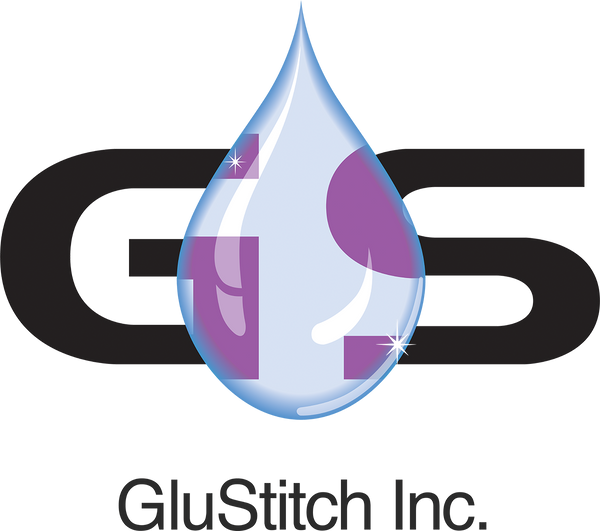Evaluation of a Wireless Tongue Tracking System on the Identification of Phoneme Landmarks
Abstract—Objective: Evaluate the accuracy of a tongue track-
ing system based on the localization of a permanent magnet
to generate a baseline of phoneme landmarks. The positional
variability of the landmarks provides an indirect measure of the
tracking errors to estimate the position of a small tracer attached
on the tongue. The creation of a subject-independent (universal)
baseline was also attempted for the first time. Method: 2,500
tongue trajectories were collected from 10 subjects tasked to
utter 10 repetitions of 25 phonemes. A landmark was identified
from each tongue trajectory, and tracking errors were calculated
by comparing the distance of each repetition landmark to a
final landmark set as their mean position. Results: In the
subject-dependent baseline, the tracking errors were found to
be generally consistent across all phonemes and subjects, with
less than 25% of the errors reported to be greater than 5.8 mm
(median: 3.9 mm). However, the inter-subject variability showed
that current limitations of our system resulted in appreciable
errors (median: 55 mm, Q3: 65 mm). Conclusion: The tracking
errors reported in the subject-dependent case demonstrated the
potential of our system to generate a baseline of phoneme
landmarks. We have identified areas of improvement that will
reduce the gap between the subject-dependent and universal
baseline, while lowering tracking errors to be comparable to
the gold standard. Significance: Creating a baseline of phoneme
landmarks can help people affected by speech sound disorders
to improve their intelligibility using visual feedback that guides
their tongue placement to the proper position.
Index Terms—articulograph, machine learning, permanent
magnet localization, phoneme, speech sound disorder, tongue
tracking.
Read the full journal published in the IEEE Transactions on Biomedical Engineering.
